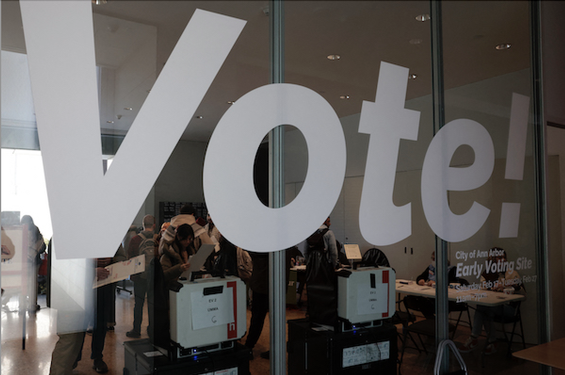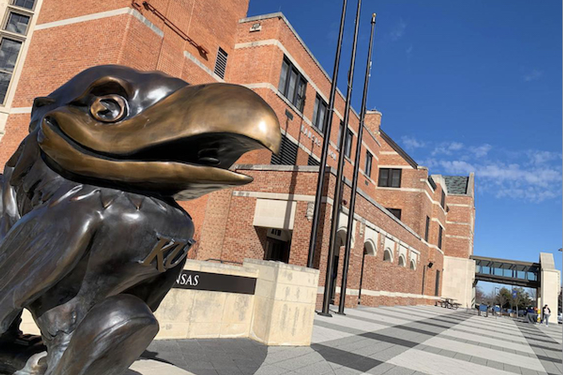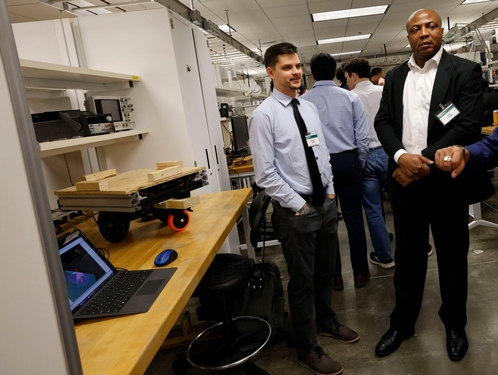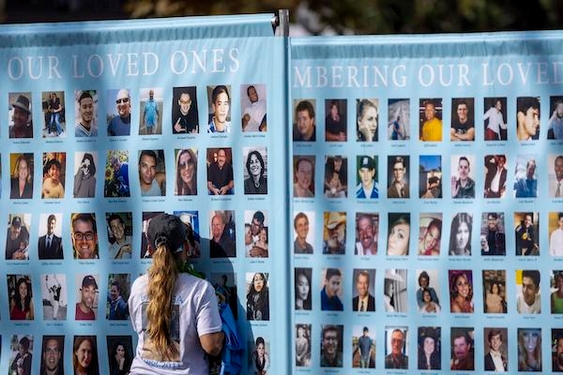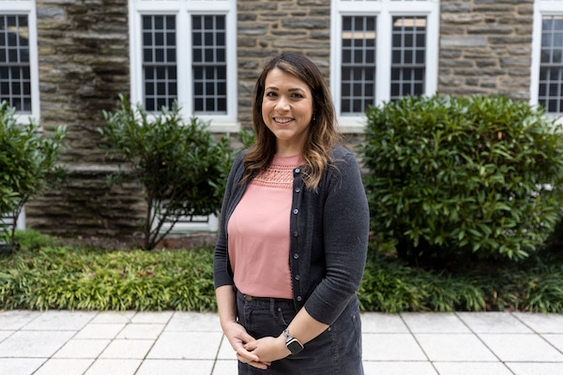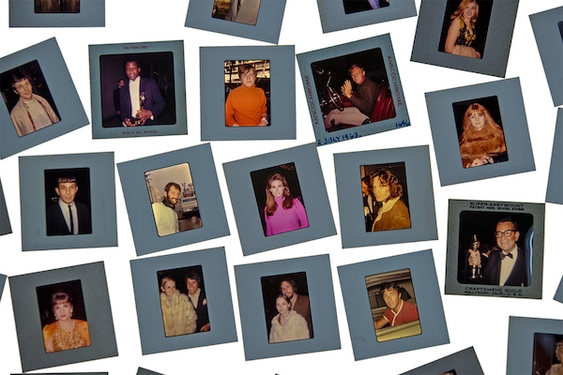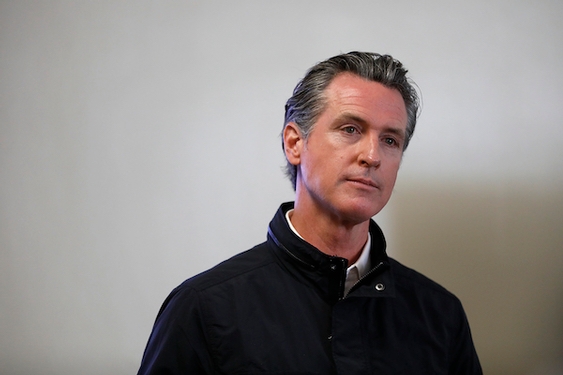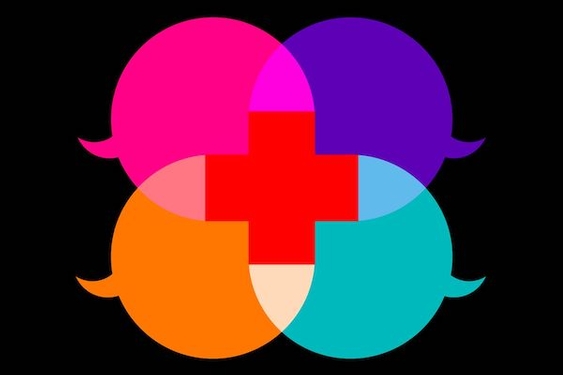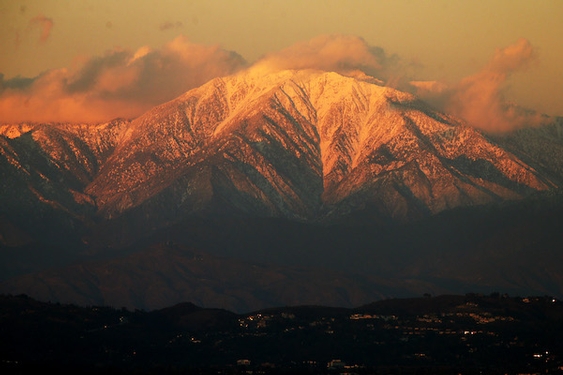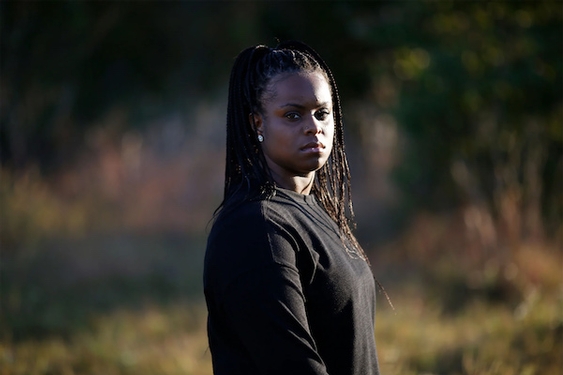California's fearsome traffic evaporated when the state locked down this spring. Most commuters cleared off of its public transportation systems too, though many continued to rely on those services to reach essential jobs or run errands.
Now, with the roll-out of the COVID-19 vaccine, it seems the state may be only months away from a return of mass daily commuting.
But the ways people get around in the post-pandemic future could look very different from the commutes many abandoned in March, says Deborah Dagang, chief planning and programming officer for the Santa Clara Valley Transportation Authority.
Dagang charts the course for both public transit service and traffic management in Silicon Valley, a tricky job at a time when the world gets upended seemingly every few months and little about the future is certain.
Still, it gives her insight into the factors, from more widespread remote work to the potentially severe service cuts many public transit agencies are considering, that will determine what our recovery will look like on roads, buses and trains — not just in her county, but throughout the state.
This conversation has been edited for clarity and length.
Q: What does 2021 look like for traffic and public transit, now that the vaccine has given us a light at the end of this tunnel?
A: I do not have a strong sense of that yet. We're still waiting to hear when the vaccine will be available to the general public. The school systems for the most part have said that they will stay virtual through the end of the year — so from a planning perspective, we're thinking it's probably likely next fall before we're hoping to see a return to normal. A number of our larger employers have also put out announcements that they are not planning to ask their employees to come back to work until that point in time.
Now, if a vaccine comes out more quickly than we're anticipating, maybe those policies will shift. That's part of what we're doing, having to prepare for multiple scenarios so that we can adapt.
Q: Lots of people have been working from home and not commuting for the past nine months — do you expect that will continue after the pandemic?
A: There actually is a big push — and there are a lot of people that are very much enjoying the cleaner air that has happened as a result of having fewer cars on the road — for employers to explore the possibility of having employees work at home a few days a week, and then use alternate modes on other days of the week.
I think one of the things this pandemic has shown is what a positive it is if we have fewer cars on the road. Now that more and more companies have gotten over that hurdle of that first step, of "what does it mean to have employees working from home," there is a good possibility that many companies will at least explore having that happen part-time.
(But) I do think there are many companies where people miss working together — they miss seeing each other. There is a lot of development, mentoring, training that is very hard to do remotely. So I think there is a balance to be found there.
Q: After this spring's lockdowns, the number of cars on the road has rebounded a lot more quickly than public transportation ridership. Are you concerned that trend could continue and lead to really bad traffic as more people go back to work?
A: I'm actually a traffic engineer, so I would not call it "traffic," I would call it "volume." To me, traffic means delay. So, yeah, the volumes are back up, but there's not as much time as there was before that people are actually sitting in traffic and being delayed.
You only have to reduce (car volume) by about 10 or 15% and most of the delay goes away. So part of what you're seeing is that, yes, more of the automobile volumes are going back first. But part of that is that people can drive from point A to point B and they're not experiencing much delay.
Q: So, once traffic returns people will go back to public transportation? Lots of people may be avoiding transit these days because it means sharing space with strangers.
A: Having vaccines makes all the difference. The reasons why people are more or less interested in riding on transit are going to be very different post-vaccine. If people are coming back into work, and we're back in a situation where you're sitting at the Bay Bridge for 90 minutes just to get through the toll plaza, versus you can hop on BART — and if you're sitting at the toll plaza, you're going to have to pay $40 to park downtown — the decision-making is very different. It's a different trade-off.
I do think it's going to take us a while to normalize, and it's not going to be instantaneous, and the pendulum may swing a little bit back toward the heavier traffic side. But I do think people will come back to transit. People are not going to want to sit in a lot of traffic.
Q: We're also seeing many public transit agencies facing deep budget deficits and considering permanent service cuts. How might that affect traffic, and our recovery from the virus?
A: I think that's a big theoretical question that is difficult to answer. But I do think that, anything that we can do to not have deep service cuts we really should be trying. On the back side of this, we are still going to be a large state and large populations and people that need to travel — for work, for essential jobs, to run errands, to get to their doctors' appointments. We are still going to need that infrastructure.
I keep coming back to the fact that over last summer, just within VTA, our transit ridership was still at 25% of pre-pandemic levels. That's a significant number of people that — at the height of the pandemic — still had essential trips they needed to make, and needed to use transit. These are important services we need to provide to have a robust economy.
___
(c)2020 the San Jose Mercury News (San Jose, Calif.)
Visit the San Jose Mercury News (San Jose, Calif.) at www.mercurynews.com
Distributed by Tribune Content Agency, LLC.



